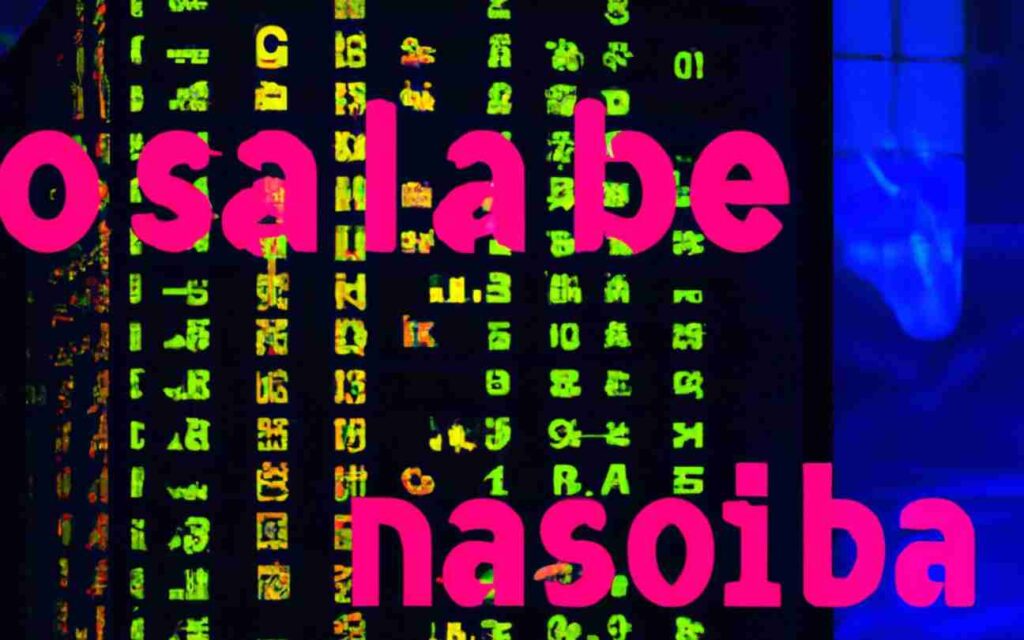Introduction
In recent years, NoSQL databases have become increasingly popular among developers as a powerful alternative to traditional relational databases. In this article, we will explore what NoSQL databases are, how they work, and their benefits over traditional databases.
What is a NoSQL database?
NoSQL databases are non-relational databases that are designed to handle large and complex data sets. Unlike traditional relational databases, NoSQL databases do not store data in tables with fixed schemas. Instead, they use flexible document or key-value structures that allow for a more agile and dynamic approach to data storage.
How does a NoSQL database work?
NoSQL databases come in different forms such as document-oriented, key-value stores, graph databases, and column-oriented databases. Each type of NoSQL database has its own unique approach to data storage and retrieval.
Document-oriented NoSQL databases like MongoDB store data in documents that are similar to JSON or XML files. Key-value stores, like Redis, store data as a key-value pair, making them ideal for caching and real-time data processing. Graph databases, such as Neo4j, store data as nodes and edges and are designed to handle complex relationships. Column-oriented databases like Cassandra store data in columns instead of rows, making them ideal for handling large amounts of data with high write speeds.
Benefits of using a NoSQL database
One of the biggest benefits of NoSQL databases is their scalability. Because they do not use a fixed schema, NoSQL databases can easily handle growing amounts of data without requiring complex migrations. Additionally, they can be distributed across multiple servers, which allows for high availability and faster data processing.
Another key benefit of NoSQL databases is their flexibility. They allow developers to work with data in a way that is most natural for their application, which can lead to faster development cycles and more agile applications.
Use cases for NoSQL databases
NoSQL databases are ideal for applications that require high availability, real-time data processing, and handling large amounts of data. They are commonly used in e-commerce, social media, gaming, and IoT applications. For example, MongoDB is used by eBay to handle product catalog data, while Cassandra is used by Netflix to manage its streaming data.
Conclusion
In conclusion, NoSQL databases offer a flexible and scalable alternative to traditional relational databases. They come in various forms, each with their own unique approach to data storage and retrieval. NoSQL databases are ideal for applications that require high availability, real-time data processing, and handling large amounts of data. By choosing the right type of NoSQL database for your application, you can take advantage of their many benefits and build faster, more agile applications.


